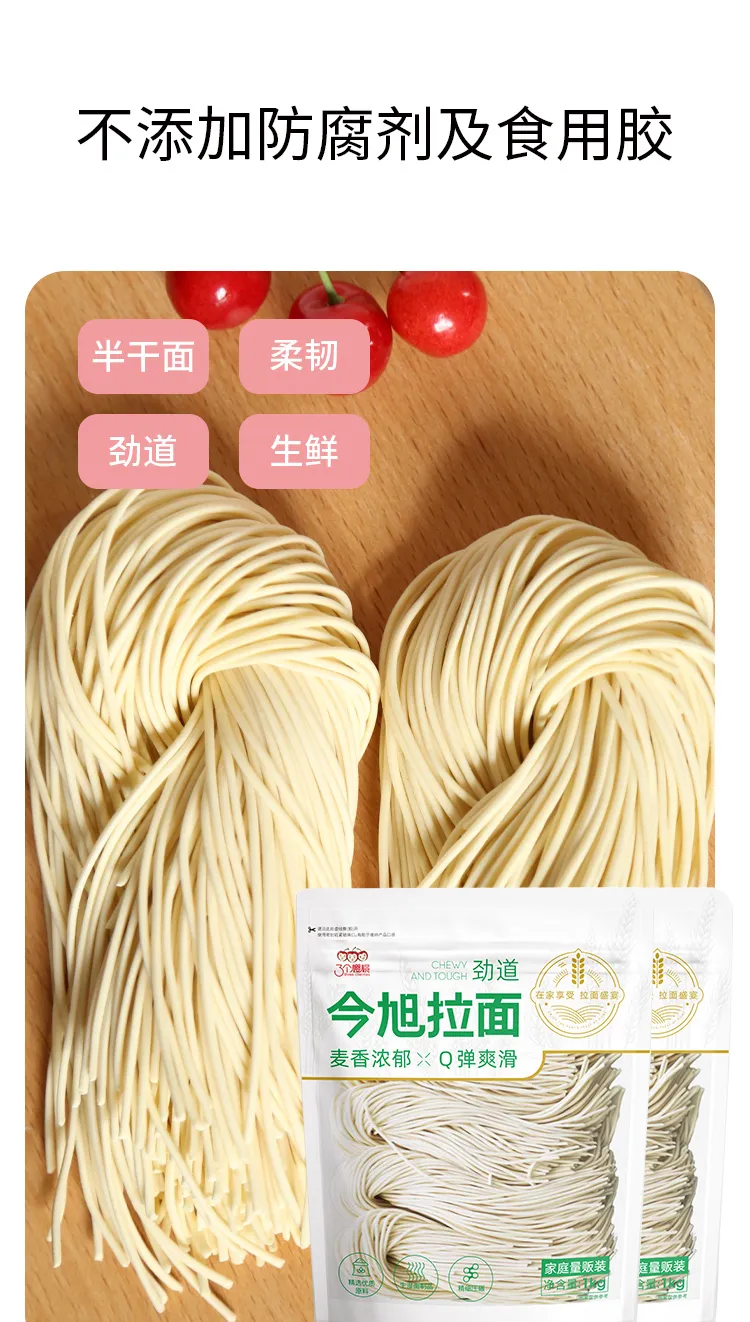Instant noodle varieties for quick and easy meals at home
The Rise of Packet Noodles A Global Culinary Phenomenon
In the bustling world of instant food, packet noodles have emerged as a remarkable staple that bridges cultures, satisfies cravings, and fits into diverse lifestyles. Originally popularized in Asia, particularly in countries like Japan, China, and South Korea, these convenient meals have transcended borders, becoming a beloved option for people around the globe. From college students pulling all-nighters to busy professionals seeking a quick lunch, packet noodles have successfully invaded kitchens worldwide.
The origins of instant noodles can be traced back to post-war Japan. Momofuku Ando, the founder of Nissin, invented the first instant noodle in 1958, calling it Chikin Ramen. This innovation was driven by the need to create a quick, affordable meal for the masses during a time of economic recovery. Ando's invention rapidly gained popularity, leading to the creation of a whole industry focused on this simple yet satisfying product. Today, packet noodles are not just a Japanese phenomenon; they have become a global sensation with countless varieties and flavors.
One of the key factors contributing to the popularity of packet noodles is their unparalleled convenience. With minimal preparation time, a typical packet of noodles can be transformed into a meal in mere minutes. The process usually involves boiling water, adding the noodles, and, optionally, incorporating the provided seasoning packets or any additional ingredients one might have on hand. For the busy individual or the novice cook, this ease of preparation is a game-changer. Moreover, packet noodles have garnered a reputation for being incredibly affordable, making them an ideal choice for those on a tight budget.
packet noodles

In addition to being a quick meal option, packet noodles have also evolved in taste and variety. From traditional flavors like chicken and beef to more adventurous ones like kimchi or curry, the options are practically endless. Different countries have put their unique spins on the traditional recipe, leading to the emergence of regional varieties that cater to local palates. For instance, South Korean ramen is known for its spicy flavors and rich broth, while the Indian instant noodles incorporate a medley of spices and herbs.
Packet noodles have also found their way into gourmet cuisine. Innovative chefs and home cooks have recognized their potential beyond a quick meal, creatively incorporating them into unique dishes. From noodle salads and stir-fries to soups and casseroles, packet noodles have become a versatile ingredient in various culinary contexts. Social media platforms are replete with recipes and cooking hacks that showcase the endless possibilities of transforming these humble noodles into something extraordinary.
However, the rise of packet noodles has not been without controversy. Nutritionists often raise concerns about the high sodium content and preservatives found in many instant noodle brands. While they provide an easy meal solution, it's essential to balance them with fresh ingredients such as vegetables, proteins, and healthy fats to create a more nutritious meal. The growing awareness of health and wellness has led some companies to develop healthier options, incorporating whole grains and minimizing artificial additives.
In conclusion, packet noodles have become a global culinary phenomenon, transcending cultural boundaries and catering to the needs of a modern, fast-paced lifestyle. Their convenience, affordability, and versatility have made them a go-to option for millions. As they continue to evolve with creative culinary interpretations and healthier options, packet noodles are likely to retain their status as a kitchen staple for years to come. Whether savored as a quick meal or transformed into a gourmet dish, these noodles undeniably hold a special place in the hearts—and stomachs—of people around the world. As we continue to embrace the hustle and bustle of modern life, it seems that the love for packet noodles will only grow, making them a staple for generations to come.
-
Unleash Your Inner Chef with Delectable Italian Pasta CreationsNewsAug.01,2025
-
Savor Health and Flavor: Irresistible Soba Noodles for Sale Await!NewsAug.01,2025
-
Nourish Your Body with Premium Organic Ramen - A Culinary Delight AwaitsNewsAug.01,2025
-
Elevate Your Dishes with Our Exquisite Kinds of Egg NoodlesNewsAug.01,2025
-
Dive into Flavorful Convenience with Our Ramen OfferingsNewsAug.01,2025
-
Discover Exquisite Types of Naengmyeon and Chilled Soba NoodlesNewsAug.01,2025
-
Is Whole Wheat Pasta Healthy?NewsMay.30,2025
Browse qua the following product new the we

















































































































